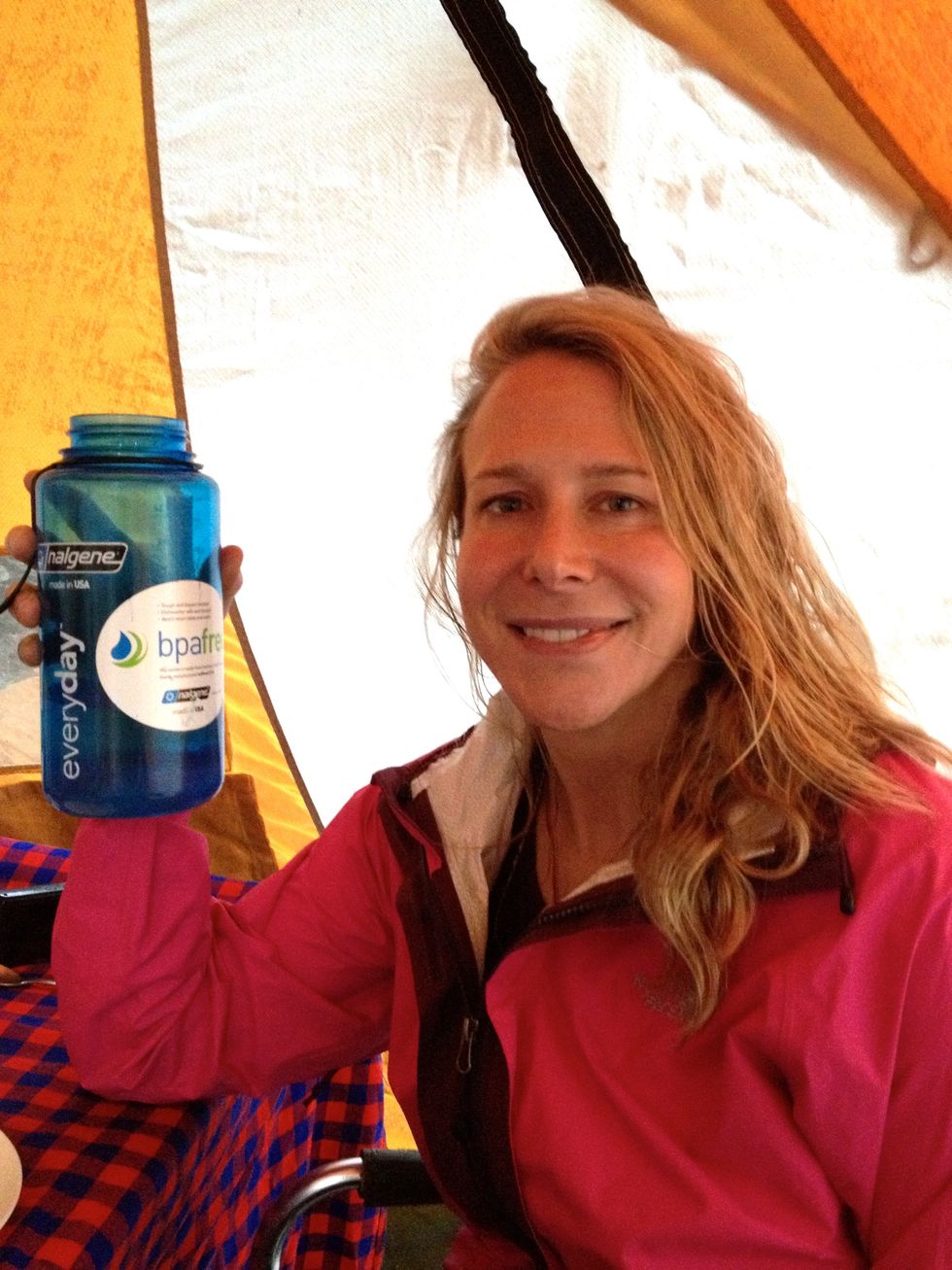
A pioneering British-American explorer who became the first woman to reach Earth’s highest and lowest points has turned her attention to space.
Vanessa O’Brien, 56, climbed Mount Everest in 2012 before travelling via submersible to the bottom of Challenger Deep 10,925 metres beneath the western Pacific Ocean in 2020.
Her new book – To The Greatest Heights – details her journey from corporate work to conquering some of the planet’s toughest challenges.
To The Greatest Heights is officially out tomorrow and I'm so happy I could kick a soccer ball through the North Po… https://t.co/8pI7PffQhp— Vanessa O'Brien (@Vanessa O'Brien) 1617027338
But one of her next expeditions could see her leave Earth behind.
“I could never say no to space,” she told the PA news agency.
Read more:
- Boy, 8, ordered by school to turn his Black Lives Matter shirt inside out
- Laurence Fox said he’s ‘already a better politician’ than Jess Phillips and it backfired spectacularly
- Father sparks debate over reaction to having a girl in viral gender reveal TikTok video
- Man discovers dishwasher in flat he’s lived in for two years
- IHOP set to honour Adam Sandler’s request for unlimited milkshakes
“There is something that is out there called an explorer’s trifecta. Not out there in you know, mass media, but out there in explorer channels.
“It would be, say, space, Challenger Deep – the lowest point – and Everest.
“You know, sort of this ultimate thing that somebody could accomplish.
“But accomplishments are only interesting if you can do something, if you can give back in a scientific way.
“When I saw that single-celled organisms could not grow their shells, because of ocean acidification, and being able to bring those water samples back meant something to me.
“So in space, if I could contribute in space some way, by giving some sort of scientific example, that would be great.”
O’Brien became the first British or American woman to summit K2, the second-highest peak in the world, in 2017 and took just 295 days to climb the highest peak in every continent.
A Fellow of the Royal Geographical Society, she has also skied to both the North and South Pole and climbed five peaks over 8,000 metres.
Of her desire to head into space, O’Brien – who spends time living in London as well as New York – said getting out of orbit and contributing to science would be her minimum requirements.
“I don’t need to go to the International Space Station and, you know, be a Nasa astronaut,” she said.
“That is not a requirement for me. But to break Earth’s orbit is, and to contribute to science.
“I would need a sponsor for space, because it’s too complicated financially.
“I did apply to something called dearMoon, and dearMoon was an offer which a Japanese billionaire put out publicly to the world.
😳😳😳 https://t.co/PY4X5epXEu— dearMoon (@dearMoon) 1614855124
“He was looking for eight individuals who could accompany him in two years’ time on a SpaceX lunar launch, and come back and report what they saw. I thought that was really interesting.
“I have the knowledge, I would like to participate, and I’m waiting to see.
“I’m putting the word out. Like I have with many things!”















